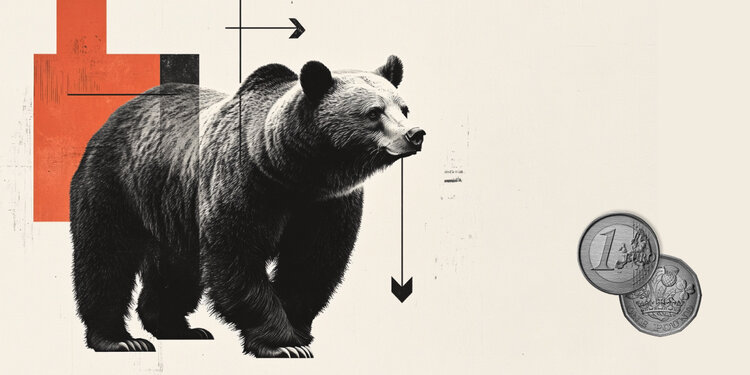He Colombian peso records profits at the end of a week marked by its strengthening. He Cop reached on Monday its highest level in seven weeks against the dollar And he tried again on Wednesday. Today Friday approaches that level again.
The USD/COP moves this Friday between a daily maximum of 4,186.75 and a minimum of 4,161.42, approaching the minimum of seven weeks on Monday and Wednesday at 4,159.
The USD/COP quotation at the time of writing is 4,169.13, losing 0.24% daily.
The fears for the increase in US debt weaken the dollar and favor the Colombian peso
- The toProbation by the US Chamber of Representatives of the Donald Trump bill called ‘Big Beautiful Bill’ is disturbing the markets before their vote in the Senate. If this law is approved that will affect spending and taxes, an increase in the federal deficit of 3.8 billion dollars is expected during the 2026-2034 period, as reported by the Budget Office of the US Congress. The dollar continues to weaken before this possibility.
- Donald Trump has put on the market feeling again after announcing that if they do not reach an agreement, 50% tariffs will impose to the products of the European Union as of June 1. He has also threatened Apple with 25% tariffs if he does not transfer his production to the United States.
- Next week only a relevant fact will be published in Colombia, the April unemployment rate. In March, unemployment fell to 9.6%, its lowest rate in three months.
US dollar FAQS
The US dollar (USD) is the official currency of the United States of America, and the “de facto” currency of a significant number of other countries where it is in circulation along with local tickets. According to data from 2022, it is the most negotiated currency in the world, with more than 88% of all global currency change operations, which is equivalent to an average of 6.6 billion dollars in daily transactions. After World War II, the USD took over the pound sterling as a world reserve currency.
The most important individual factor that influences the value of the US dollar is monetary policy, which is determined by the Federal Reserve (FED). The Fed has two mandates: to achieve price stability (control inflation) and promote full employment. Its main tool to achieve these two objectives is to adjust interest rates. When prices rise too quickly and inflation exceeds the 2% objective set by the Fed, it rises the types, which favors the price of the dollar. When inflation falls below 2% or the unemployment rate is too high, the Fed can lower interest rates, which weighs on the dollar.
In extreme situations, the Federal Reserve can also print more dollars and promulgate quantitative flexibility (QE). The QE is the process by which the Fed substantially increases the flow of credit in a stuck financial system. It is an unconventional policy measure that is used when the credit has been exhausted because banks do not lend each other (for fear of the default of the counterparts). It is the last resort when it is unlikely that a simple decrease in interest rates will achieve the necessary result. It was the weapon chosen by the Fed to combat the contraction of the credit that occurred during the great financial crisis of 2008. It is that the Fed prints more dollars and uses them to buy bonds of the US government, mainly of financial institutions. Which usually leads to a weakening of the US dollar.
The quantitative hardening (QT) is the reverse process for which the Federal Reserve stops buying bonds from financial institutions and does not reinvote the capital of the wallet values that overcome in new purchases. It is usually positive for the US dollar.
Source: Fx Street
I am Joshua Winder, a senior-level journalist and editor at World Stock Market. I specialize in covering news related to the stock market and economic trends. With more than 8 years of experience in this field, I have become an expert in financial reporting.







